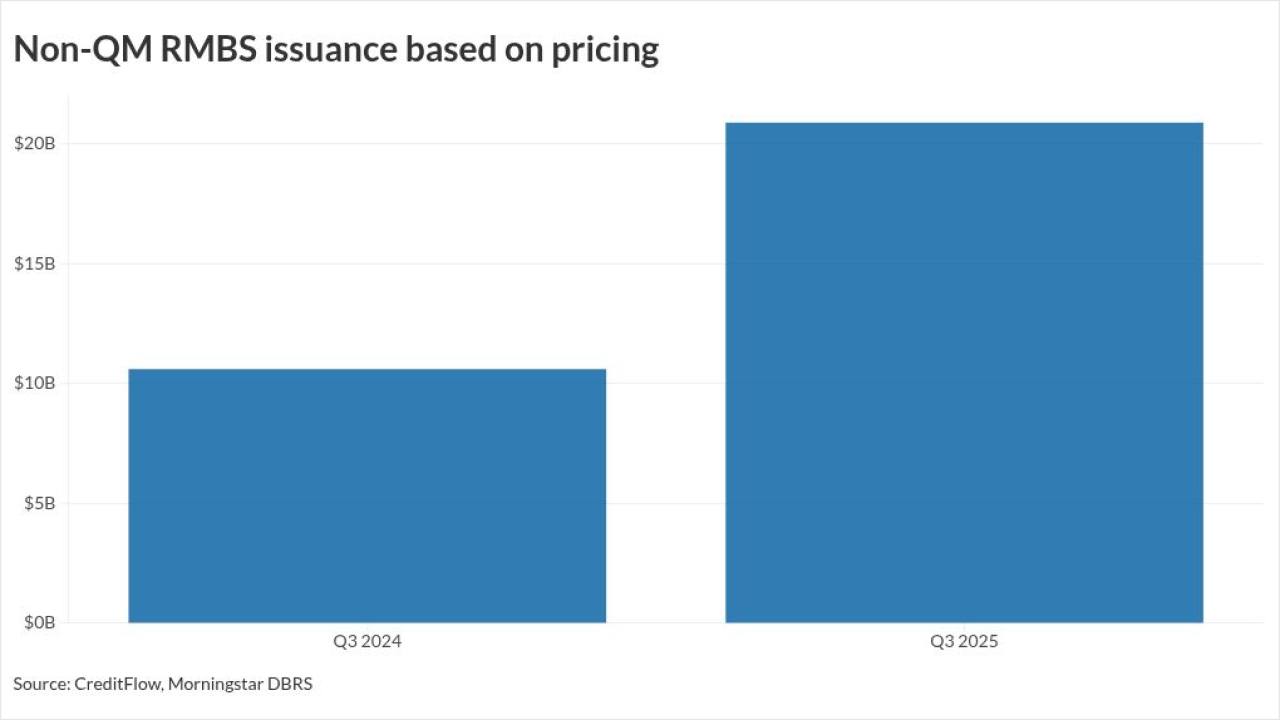Mortgage investors enjoyed a robust start to the year as January’s excess return came in at a level well above the trailing average for the month, thanks in large part to a helpful hand from the Federal Reserve.
The Bloomberg Barclays US Mortgage Backed Securities (MBS) Index excess return of +0.24% last month far surpasses the -0.21% average for the month seen over the last 10 years — a performance figure that’s especially notable as it occurred despite heavy issuance, fast prepayment speeds and a strong home purchase market.
Arguably, the Federal Reserve adding its weight to the proceedings was key, as it not only purchased $117.1 billion of mortgage bonds during the month, growing its balance sheet by $40 billion, but also strongly hinted at the last FOMC meeting that its current buying pace is unlikely to slow over the near term.
The Federal Reserve will continue to increase its holdings of Treasury securities by at least $80 billion per month and of agency mortgage-backed securities by at least $40 billion per month until substantial further progress has been made toward the Committee’s maximum employment and price stability goals.
Citigroup MBS analysts wrote last Friday that they believe the central bank will taper its purchases by the fourth quarter of this year, though consensus is leaning toward the first quarter of 2022.
Even with JPMorgan raising its annual net supply forecast to $500 billion from $300 billion, they believe the Fed will absorb almost all of it.
While it is certainly a boon to mortgage investors to have the central bank as a massive tailwind, challenges remain. The aggregate Fannie Mae 30-year prepayment speeds have plateaued near their highest level since at least 2003. In addition, the Mortgage Bankers Association’s refinance index, a leading indicator of future prepayment speeds, is elevated, sitting about 80% above its trailing ten-year average.
Valuations are also rather unappetizing, with the UMBS 30-year 2.5% and 3.5%, for instance, hitting their highest prices in at least half a decade this year, while the MBS index now sports an average OAS that’s the tightest since January of 2017.





